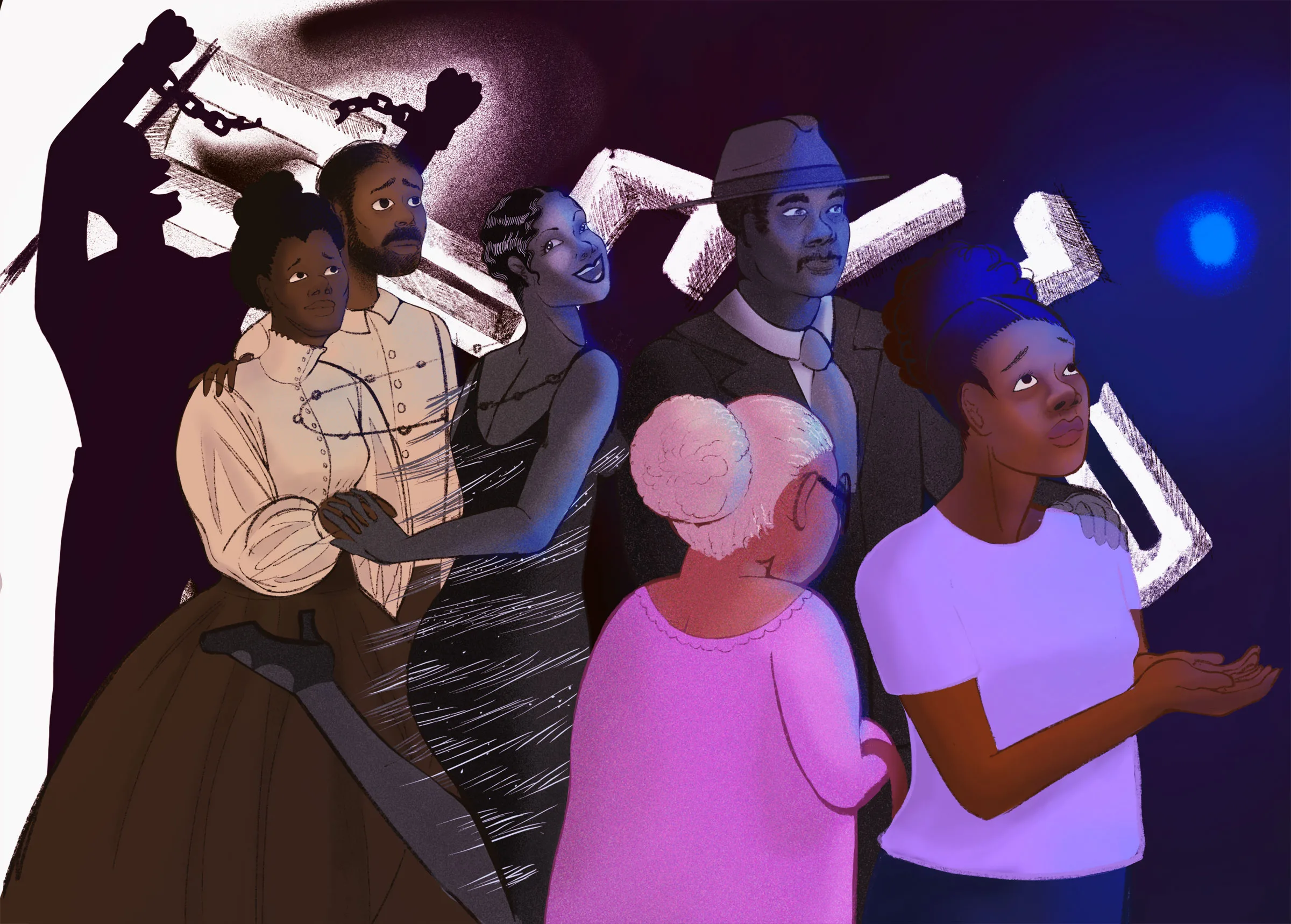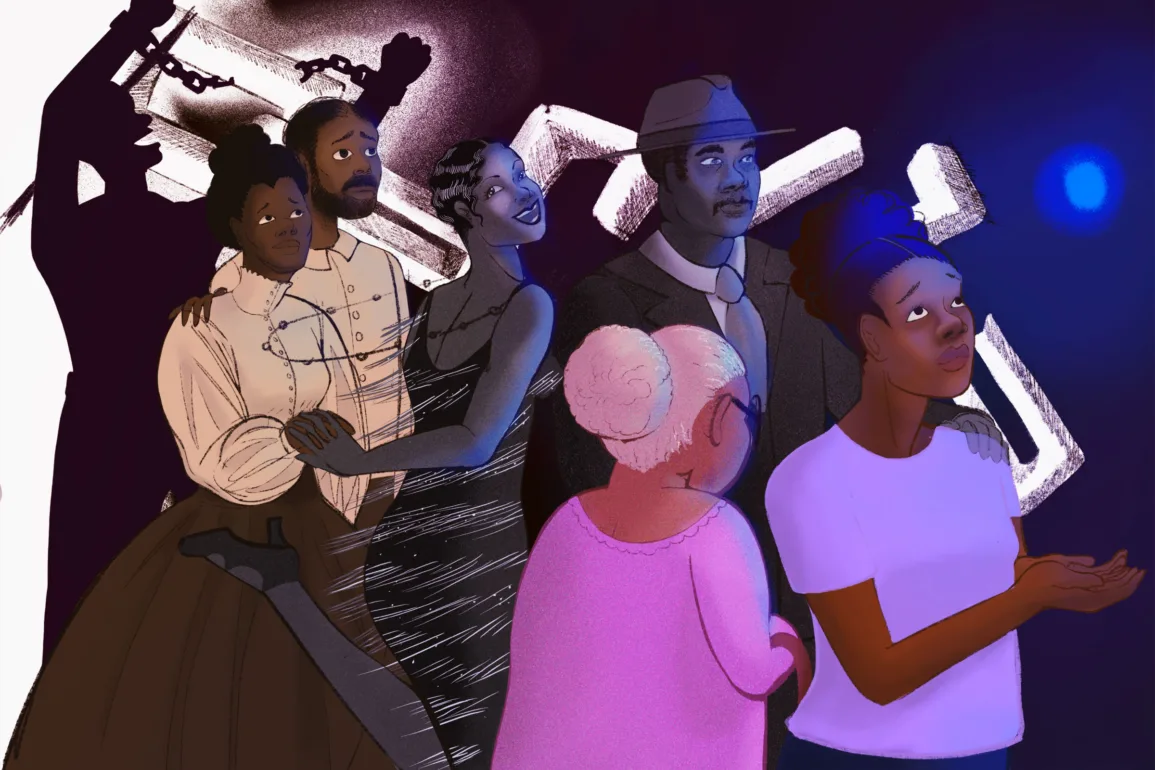
Movements demanding reparations for African Americans have broken significant ground in the last few years, as various initiatives emerge on local, state and national levels as well as internationally. Numerous reparation proposals, research committees and funds are blossoming, with some of them successfully initiating reparations. These initiatives have opened up complex conversations as many people still struggle to understand what reparations are and what they mean for the future of a country.
In late June, California’s Reparation Task Force released a report to the state government outlining recommendations for reparations for slavery. In 2021, the city council of Evanston, Illinois, voted in favor of reparations addressing housing discrimination throughout the 20th century for African American residents. Georgetown University also created a reparation initiative that includes a reparation fund program that directly benefits the descendants of the enslaved people owned by Georgetown, as well as ongoing academic research on slavery and the university’s history. In the Caribbean, the president of Barbados has made official demands to the United Kingdom for reparations as well, citing the British Empire’s reparations to all slave masters after enslaved people were emancipated and demanding national compensation.
Governments and other institutions, like universities and companies, often play(ed) explicit or implicit roles in perpetuating violence and inequality, and thus are important spaces to organize reparation efforts. For example, in Evanston, the government upheld discriminatory housing practices and failed to protect the rights of African Americans. Moreover, the actions — and inactions — of the local government helped reinforce biases of white residents, therefore creating a systemic issue. In the case of Evanston, it would be much more difficult to focus on individual white residents and their biased practices decades later to seek reparations. Instead, reparations through Evanston’s City Council housing program is tackling past injustices systemically.
The paths toward reparations are far from uniform. A few years ago, I had the opportunity to work with the African American Redress Network, supporting various reparation efforts across the country, including those in Evanston. While working there, it became clear to me that reparations are vital as a path toward racial justice for African Americans and other Afro-descendants of enslaved people. To begin to tackle racial injustices and start to level the playing field, such injustices must first be properly acknowledged, and then linked to commitments to move forward and not repeat these same mistakes.
During my time at the African American Redress Network, I learned that reparations can take on many forms. According to the International Commission of Jurists, reparations can fall into a few categories: Restitution is a measure that restores victims to the original situation before they suffered gross injustice. Compensation is a monetary quantifiable award for any economically accessible damage. Rehabilitation is medical and psychological care, as well as legal and social services to victims. Satisfaction is a broad category of measures ranging from the cessation of violations, truth-seeking, public apologies, judicial and administrative sanctions, commemoration and memorialization. And guarantees of non-repetition are also a broad category including institutional reforms, strengthening judicial independence, the protection of human rights defenders and the promotion of international human rights standards in public service. Many of the recent movements toward reparations include a variety of different approaches.
African Americans’ demands for reparation have their roots in centuries of advocacy, as old as emancipation. One of the earliest that may come to mind for African Americans is Union Gen. William T. Sherman’s Special Field Order No. 15. The order specified the redistribution of some land in the South to the recently freed peoples. The order was later overturned by President Andrew Johnson, and the phrase “40 acres and a mule” signifies this broken promise of reparations. Many reparations advocates point to the fact that some enslavers received reparations from the U.S. government after the emancipation of enslaved people. However, the formerly enslaved people who produced centuries of free labor were given nothing. If anything, African Americans would continue to experience hardship after slavery, as they struggled to establish their families and communities in the face of constant racial injustice. Emancipation was not the end of the injustices African Americans face, but just the beginning of another chapter.
Reparations in response to systemic injustices are practiced throughout history. For example, Japanese Americans received reparations in the form of compensation from the U.S. government for their incarceration in internment camps during WWII. The German government paid over $90 billion in reparation efforts to Jewish communities, and issued national apologies and memorials in response to the Holocaust. Rwanda has led reconciliation efforts for the genocide of the Tutsis through government memorials, national recognition, truth-seeking programs and the establishment of financial compensation.
It is important to note that most reparations efforts are directed at the government and not individuals. Reparations have taken on a colloquial meaning in some circles to describe any form of payment in acknowledgment of inequality, but GoFundMe donations or checks to an organization do not undo hundreds of years of systemic injustice. I’ve noticed a common point of misinformation around reparations movements online that unintentionally fearmongers. These discussions paint a picture of reparations as individual debts paid by descendants of slaveholders to the descendants of enslaved people. When addressing systemic injustice, focusing on individual responsibility isn’t as effective. Reparations acknowledge the role of individual perpetrators, while also working with institutions that helped reinforce the injustice. Reparations are not a form of punishment for perpetrators but are instead paths to justice, reconciliation and acknowledgment for victims.
As the movement for reparations continues to grow, we are witnessing innovative ideas about what justice and reconciliation may look like in the present and future. There is no straightforward answer, which is why so many communities are figuring out what reparations could look like for them. Imaging paths forward when considering these historical circumstances is not easy. However, to first move forward understanding what reparations actually are is vital. As the U.S. confronts its history, reparations will play a role in creating a more just future.


